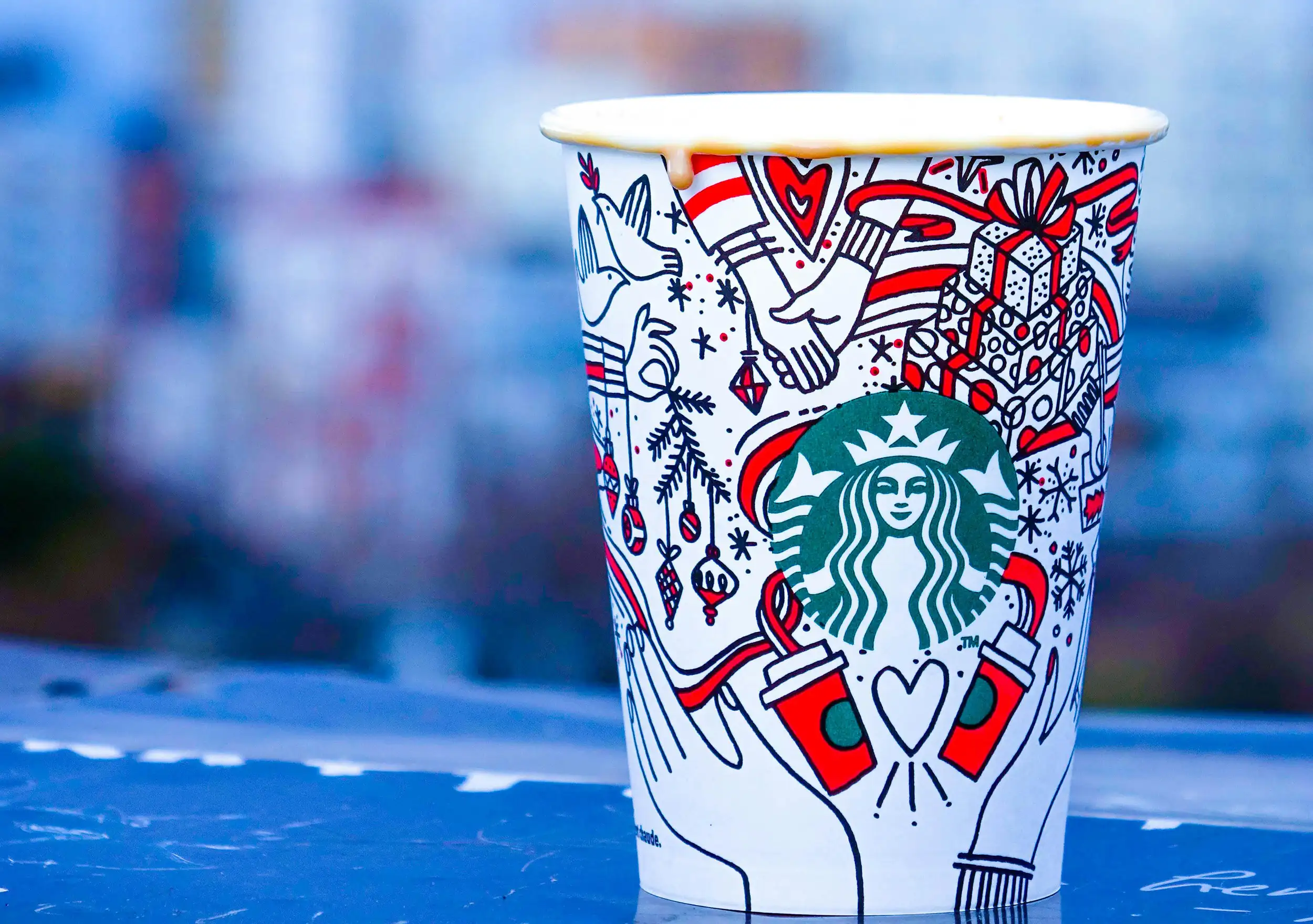A well-designed logo is far more than just a pretty image or a decorative flourish on a business card. It’s a company’s first impression, a silent ambassador, and one of the most powerful branding tools available. In an age of saturated markets and ever-shortening attention spans, a logo has mere seconds to communicate trust, professionalism, and identity. When done right, it can elevate a business into something iconic. When done poorly, it can be laughable – or worse, forgettable.
At its core, a logo is a visual shorthand for a company’s brand. Think of Nike’s swoosh, McDonald’s golden arches, or Apple’s minimalist apple. None of these designs are complex, but they are all instantly recognisable and evoke a strong association with the company’s values and personality. The simplicity of these logos makes them versatile and timeless, adaptable across platforms and media without losing their essence.
Good logo design balances clarity, uniqueness, and relevance. It should be simple enough to be memorable, yet distinctive enough to stand out. It should reflect the nature of the business while appealing to the target audience. A well-designed logo also builds trust; people are more likely to believe in a company that looks polished and intentional. On the other hand, a poorly designed logo can give off the impression of carelessness or amateurism – even if the product or service itself is excellent.
History is full of cautionary tales about bad logos. Take the 2012 London Olympics logo, for example. Its jagged, chaotic appearance left many viewers confused and unimpressed, with critics calling it unprofessional, garish, and hard to decipher. Similarly, the GAP rebrand of 2010 swapped its iconic blue box for a bland, generic typeface with a tiny gradient square that felt more like clip art than high fashion. The backlash was swift and severe – so much so that GAP reverted to its original logo within a week.
Even worse are logos that inadvertently send the wrong message. In 2008, the redesigned logo for the Arlington Pediatric Center featured a graphic so poorly executed that it sparked viral internet mockery for its suggestive shapes. The logo failed because it didn’t account for how the image would be interpreted at a glance – a fatal flaw for something designed to represent a child-focused healthcare institution.
Such failures underscore the importance of professional design. A good logo doesn’t just happen; it’s the product of research, strategy, and creativity. Designers must consider colour psychology, typography, cultural connotations, scalability, and more. The best logos manage to pack storytelling, emotion, and function into a single symbol. They earn their keep by being the face of the brand – on storefronts, websites, ads, products, and beyond.
Ultimately, a logo is not just a mark – it’s a mirror of the brand. In one small image, it reflects the company’s values, its vision, and its promise to customers. Neglecting its design is like showing up to a job interview in pyjamas. You might still be great at what you do, but good luck convincing anyone to take you seriously.
